Timeless, affordable, and built to last — Pentax M42 lenses remain an essential choice for photographers in 2025. This guide explores why they still matter, which ones to seek out, and how to care for them sustainably.
Why Pentax M42 Lenses Still Matter in 2025
You’ll learn why these vintage lenses continue to attract photographers and collectors alike.
The Pentax M42 screw mount, introduced in the mid-20th century, helped standardize lens interchangeability and fueled generations of creative photography. While the digital era brought autofocus and silicon-driven precision, these metal and glass pieces hold an appeal beyond specs and auto modes.
Mounting your first vintage Pentax M42 lens onto a modern mirrorless body feels like uncovering a parallel universe. No menus, no electronics—just pure tactile focus and a rendering style that modern optics rarely match. The surprise? How alive images feel, with a cinematic glow and organic bokeh.

Best Affordable Pentax M42 Classics to Look For
This section highlights standout options that balance affordability, usability, and timeless optical character.
Here are five affordable Pentax M42 classics still celebrated in 2025:
- Super-Takumar 50mm f/1.4 — Known for dreamy bokeh and a warm rendering perfect for portraits.
- SMC Takumar 35mm f/3.5 — Compact, sharp, and ideal for street and landscape photography.
- Takumar 55mm f/1.8 — A versatile, affordable option with clean sharpness and smooth focus.
- Super-Multi-Coated Takumar 28mm f/3.5 — A wide-angle beauty with minimal distortion.
- Pentacon 135mm f/2.8 (often bundled with M42 sets) — Gorgeous telephoto with rich background separation.

Pros
- Affordable and widely available.
- Unique rendering not replicated by modern lenses.
- Compatible with many digital systems via simple adapters.
Cons
- Manual-only focus and aperture control.
- Coatings less resistant to flare compared to modern optics.
How to Evaluate Condition Before Buying
Here’s what to check to ensure your lens is worth the investment.
- Inspect optics for scratches, fungus, or haze.
- Check aperture blades for snappy movement.
- Test focus ring for smooth action.
- Look for mount wear and signs of poor storage.

Once, I bought a Takumar 35mm with paint chipping and dents on the filter thread. Yet on my first test roll, it delivered stunning clarity and tones. Cosmetic scars don’t always hint at performance issues.
Maintaining and Caring for Vintage Lenses
This section provides practical care tips to keep your vintage gear alive for decades.
- Use a blower brush to remove dust from optics.
- Clean barrels with a microfiber cloth, never harsh chemicals.
- Store in dry cases with silica gel packs to stop fungus.
- Service sticky focus mechanisms professionally rather than forcing them.

Where to Find and Buy Pentax M42 Lenses Today
This section explores trusted sources for picking up quality vintage glass.
The hunt is half the fun. Online platforms, second-hand shops, and photography swap meets remain fertile grounds for discovery. Unexpectedly, I once found a Super-Takumar bundled inside a box of forgotten vintage SLR film cameras.
Reliable sources include:
- Trusted online stores specializing in camera lenses collection.
- Local thrift stores and flea markets.
- Photography community forums and local meetups.
| Name | Best for | Spec | Look/Result | Usability | Notes |
|---|---|---|---|---|---|
| Super-Takumar 50mm f/1.4 | Portraits | Fast f/1.4 | Dreamy bokeh | Easy to adapt | Slight yellowing possible |
| SMC Takumar 35mm f/3.5 | Street, Landscape | Compact f/3.5 | Sharp, low distortion | Lightweight, simple | Small aperture, but reliable |
| Takumar 55mm f/1.8 | Everyday | Fast f/1.8 | Balanced tones | Smooth handling | Affordable entry pick |
| Pentacon 135mm f/2.8 | Telephoto, Creative | Long f/2.8 | Creamy background blur | Manual focus only | Heavier build |
Quick Decision Guide
- Pick the Super-Takumar 50mm f/1.4 if portraits and bokeh define your style.
- Choose the SMC Takumar 35mm f/3.5 for travel, landscapes, and compact everyday use.
- Go for the Takumar 55mm f/1.8 if you want balance and affordability.
- Try the Pentacon 135mm f/2.8 if you crave telephoto isolation and distinct rendering.
FAQs
What are the best Pentax M42 lenses in 2025?
Some iconic yet affordable options include the Super-Takumar 50mm f/1.4, Takumar 55mm f/1.8, SMC Takumar 35mm f/3.5, and the Pentacon 135mm f/2.8. They each bring unique rendering qualities at accessible prices.
Where can I buy affordable Pentax M42 lenses?
You can find them in specialist vintage camera shops, trusted second-hand platforms, local camera fairs, and online community groups.
How do I maintain vintage Pentax M42 lenses?
Keep lenses clean with microfiber cloths, store them in a dry environment with silica packs, and send them for professional servicing if facing mechanical issues.
Which Pentax M42 lenses are classics worth owning?
Lenses like the Super-Takumar 50mm f/1.4 for portraits, SMC Takumar 35mm f/3.5 for landscapes, and Pentacon 135mm f/2.8 for telephoto creativity remain timeless classics.




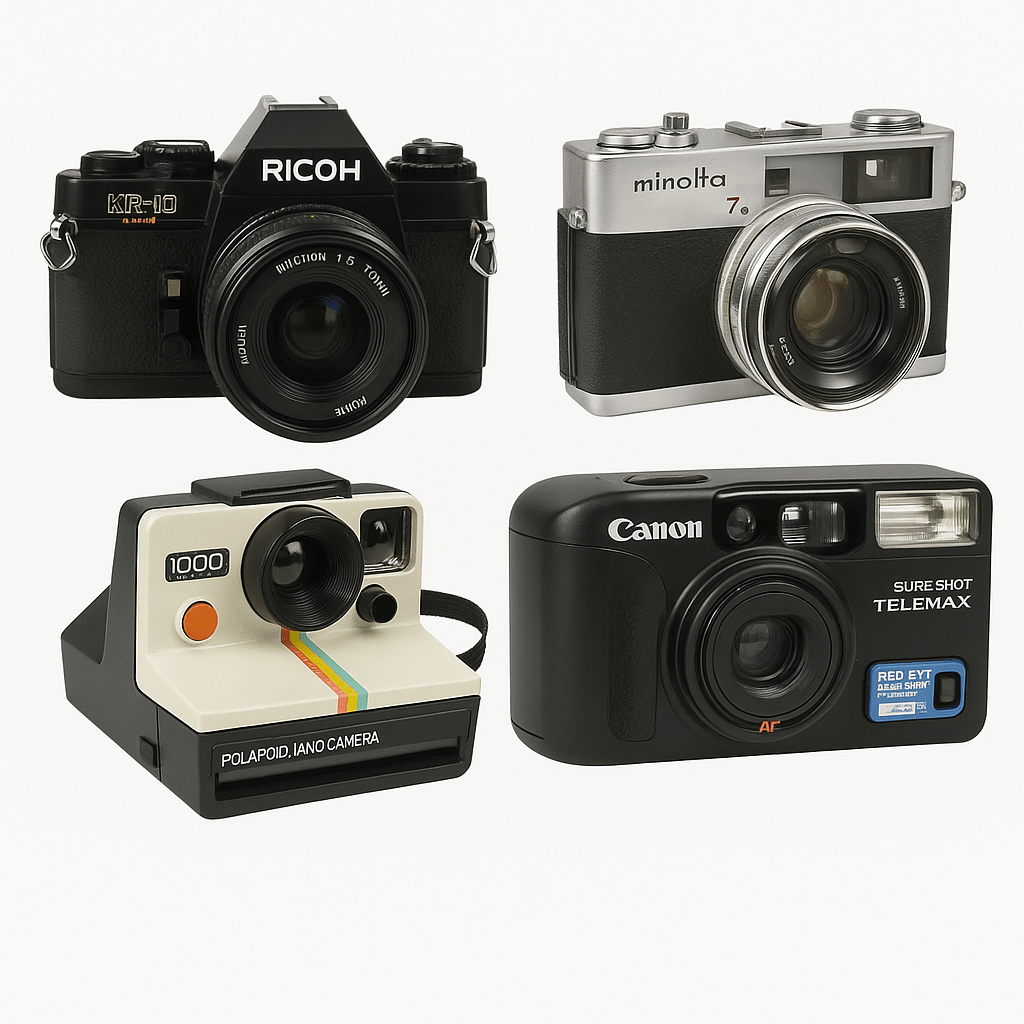
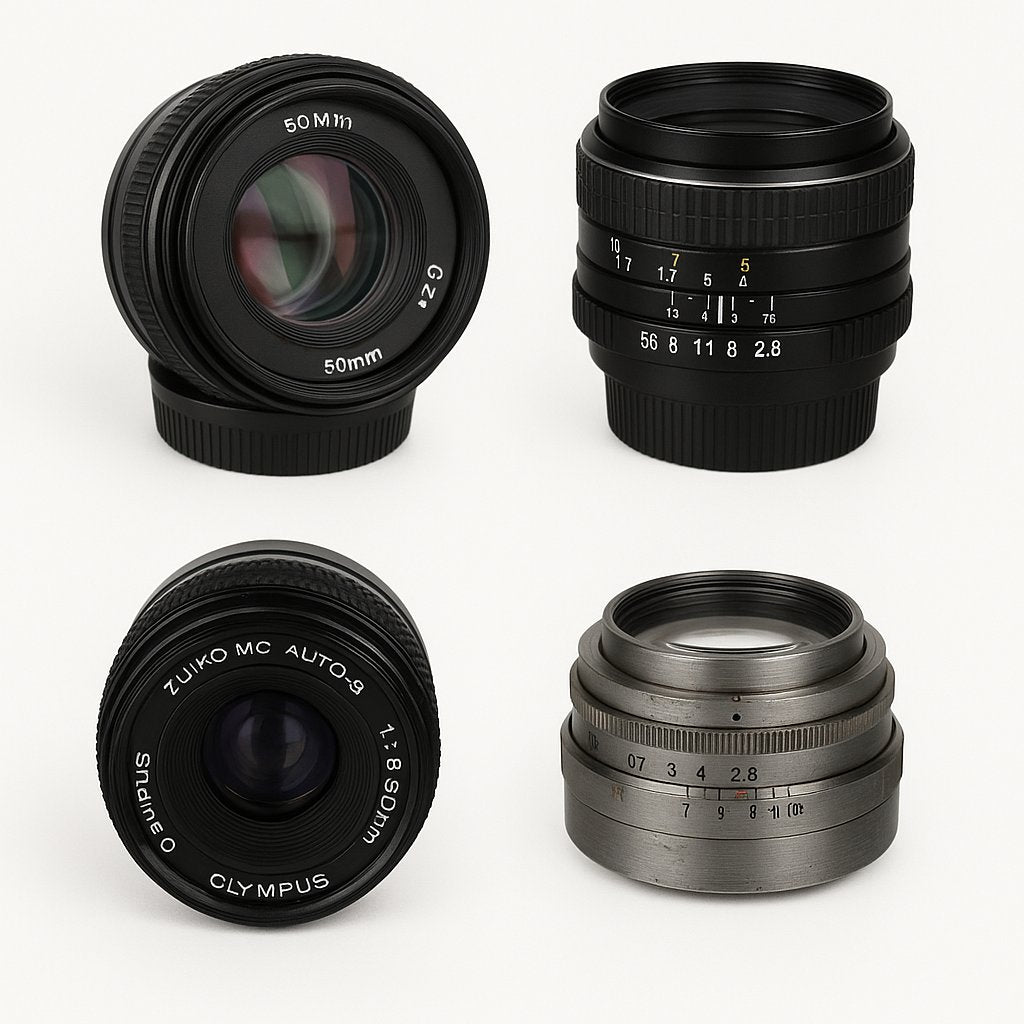
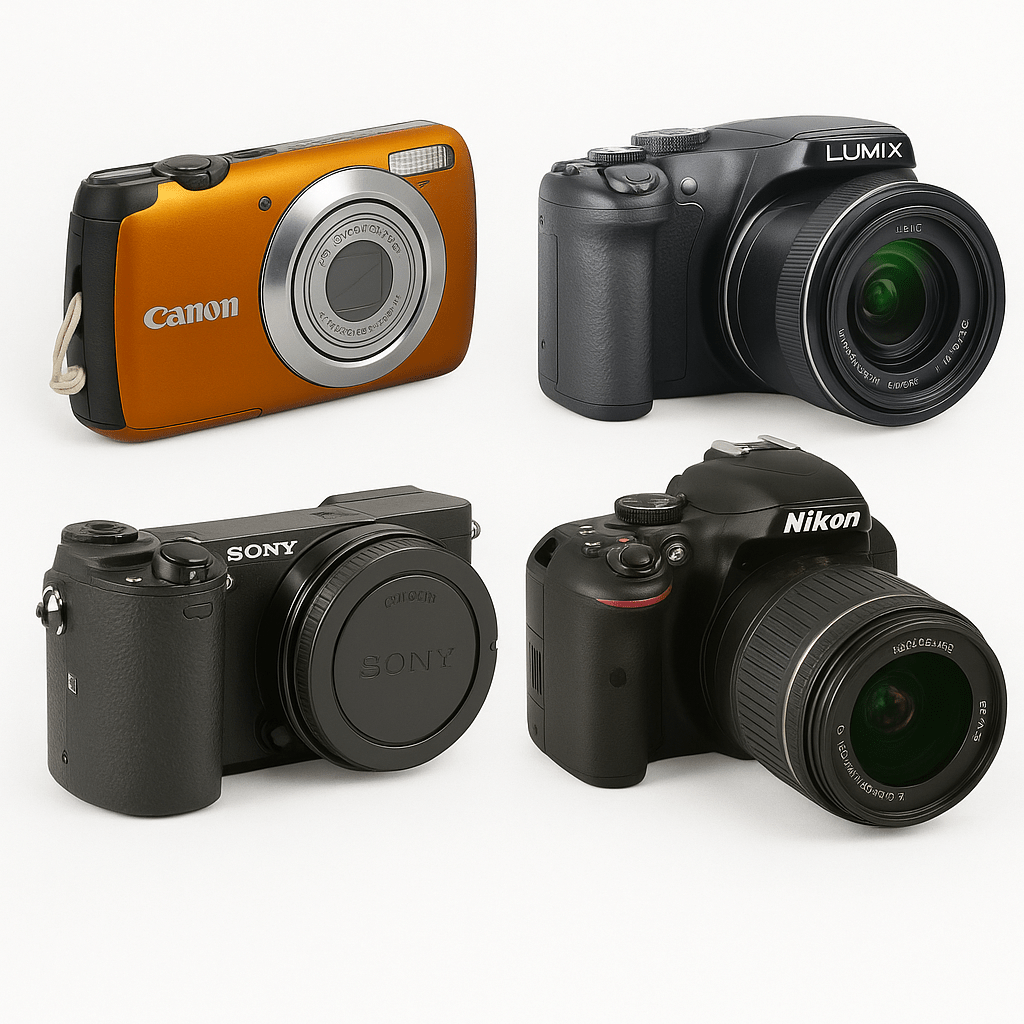
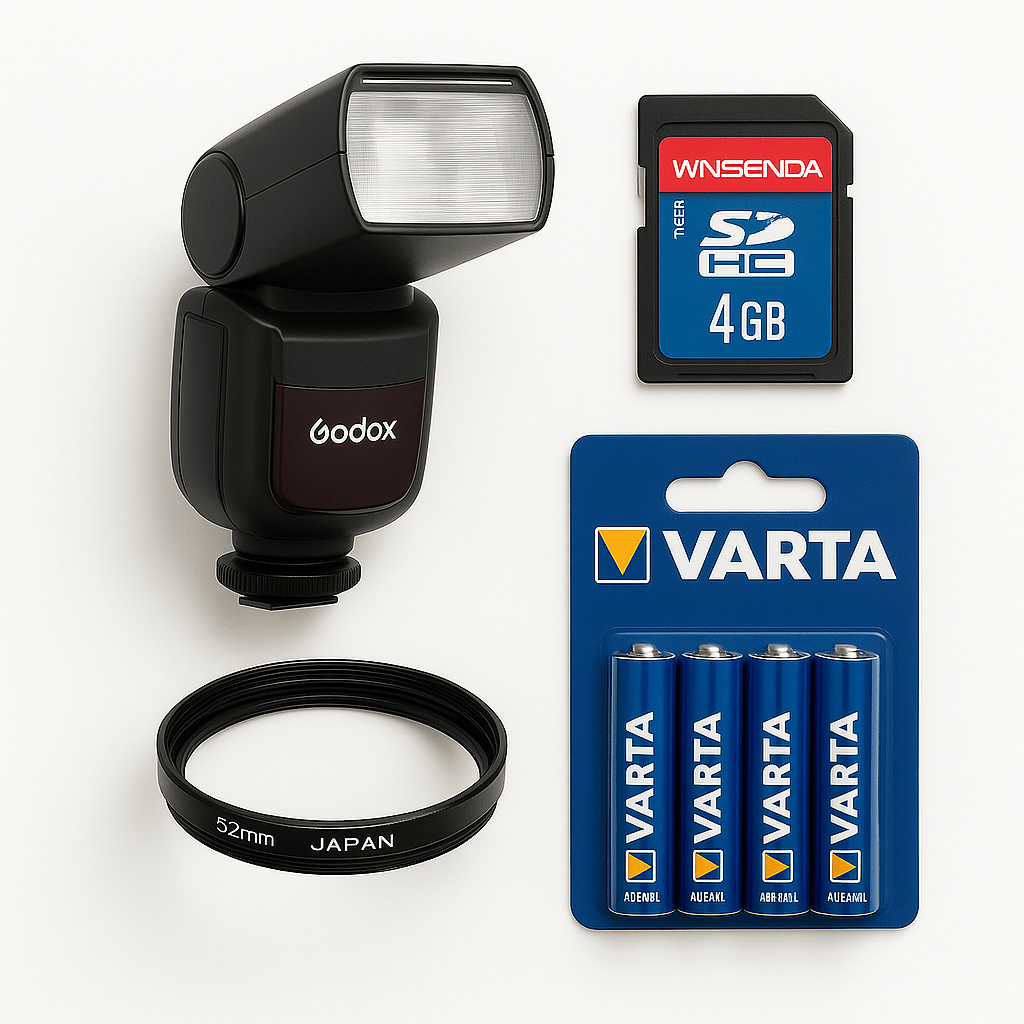
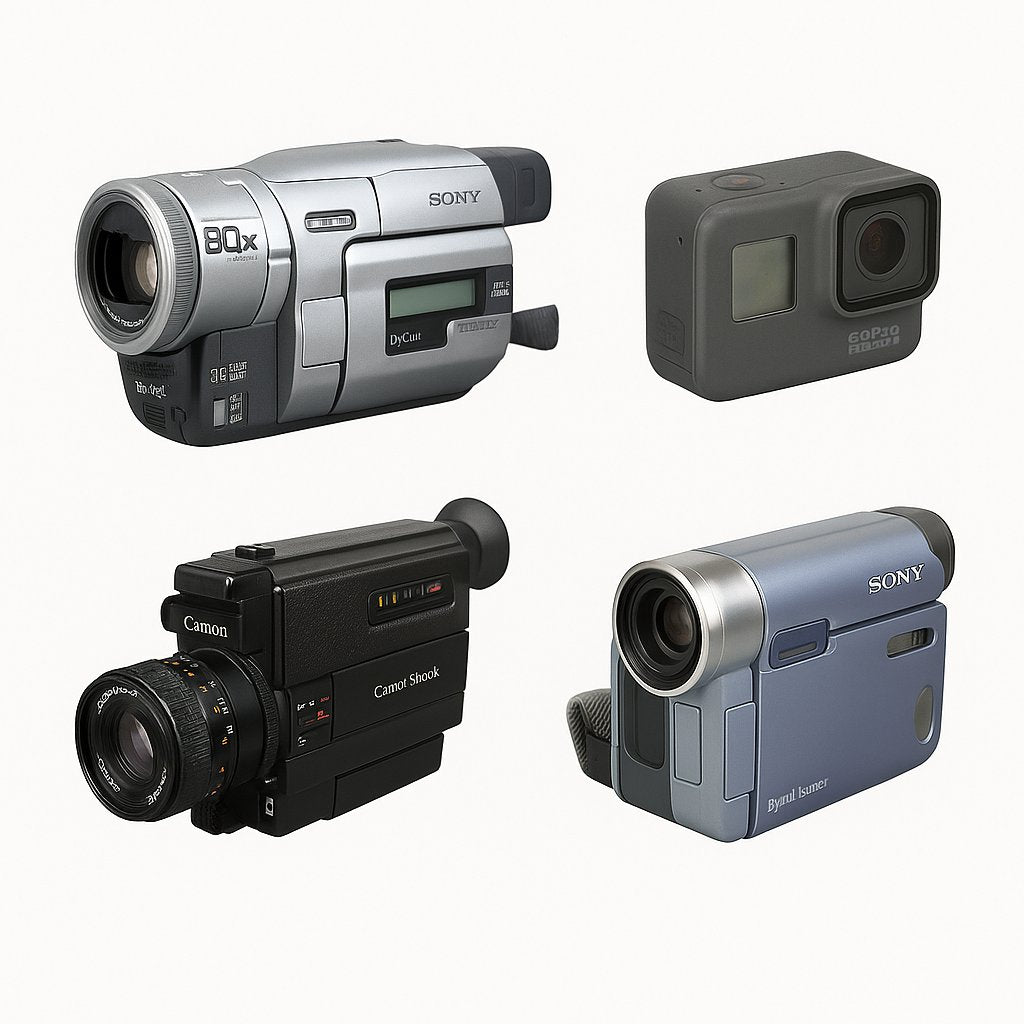
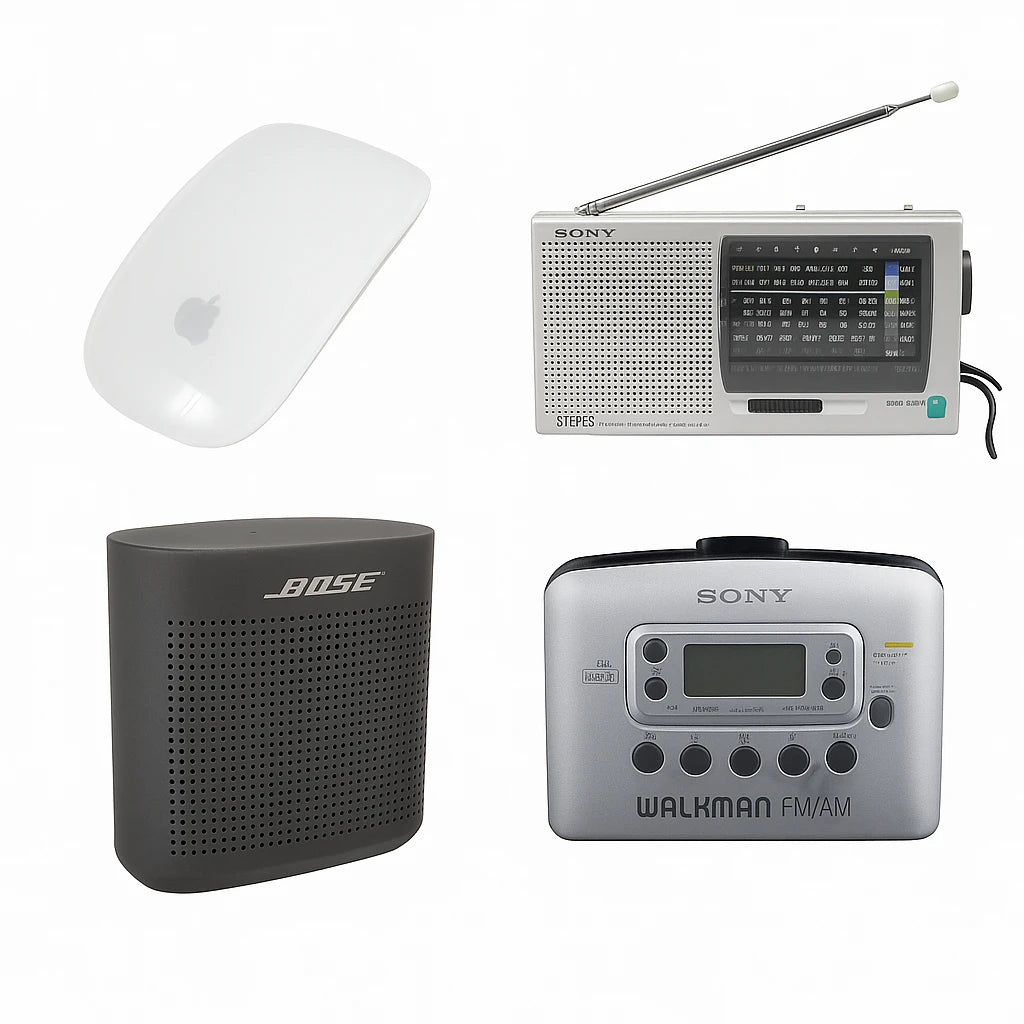
0 commentaire